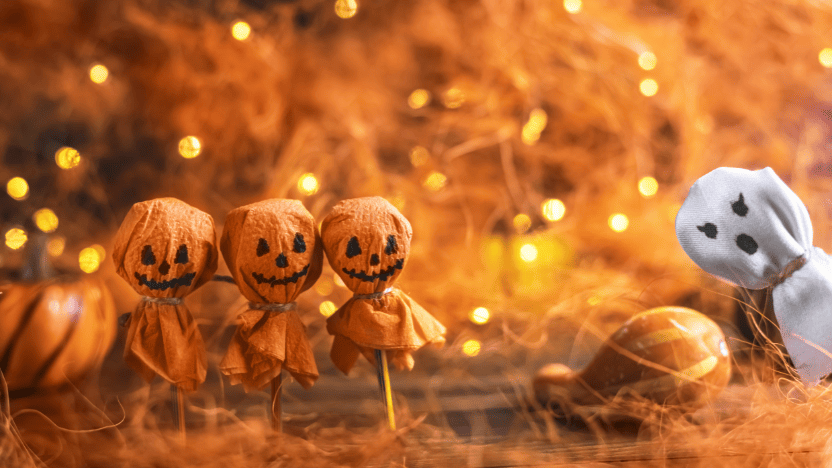Labubu vs Lafufu: Don’t fall for infringement ‘tricks’ this Halloween

With Halloween just around the corner, it can be fun to get spooked. However, when it comes to trademark protection, you don't want to be. Annerie Beentje discusses what the Labubu vs Lafufu disputes reveal about how to properly protect your product from becoming an infringement horror story.
Halloween is coming again, a day, or should I say night, where people dress up as mummies, skeletons, witches and monsters. Children go door to door, frightened by spiderwebs, fluttering bats and wailing ghosts. However, the treat that follows – severed chocolate fingers or spider-shaped cupcakes – is more than worth the fright.
The fascination with the combination of scary and fun is also reflected in the latest craze: the Labubu. At first glance, a cute, cuddly toy, but upon closer inspection the Labubu reveals its pointy teeth in a creepy grin. The toy is the creation of Kasing Lung, an illustrator from Hong Kong who came to the Netherlands as a child. Eager to better understand the language, he enjoyed reading (comic) books about Norse folklore and mythology in Dutch. It's clear where his inspiration came from, as these books also feature many scary trolls and monsters.
The value of the Labubu trademark
Kasing Lung created the Labubu for the series "The Monsters" in 2015, and this fluffy little monster is now a huge hit, dangling from many backpacks. In the first half of 2025, the toy’s distributor Pop Mart generated over US$160 billion in revenue. Unsurprisingly, it didn't take long for the first look-alike to hit the market, the Lafufu.
As you can see from the images below, the Lafufu is clearly a replica of the Labubu. Only a few details are different. When you see them side by side, you'll notice, among other things, that the ears are set slightly further apart and that the Lafufu's eyebrows have disappeared.

The myth of “seven differences”
When it comes to copyright infringement, we often hear, "If there are seven differences, then it's allowed, right?" The answer is usually NO! Especially with small differences, that's not the case. And if such an image is a "spot-the-differences" game where you must work hard to identify them, it's definitely not allowed. The differences must be truly significant for a judge to rule that there is no infringement.
Labubu vs Lafufu and the battle against counterfeit and replica goods
What rights can Labubu call upon to enforce its IP against counterfeiting and infringement?
- Designs
The Labubu was designed in 2015, meaning design registration was no longer possible. In China, design protection requires absolute novelty. The design must not be on the market anywhere in the world at the time of application. Even in the EU, where you have a one-year grace period to register a design, it was no longer possible to establish an enforceable design right.
- Labubu trademark rights
The LABUBU trademark was registered in China in 2019, but not in the EU until 2024. This gave competition the necessary room. Several malicious actors have also filed trademark applications for Lafufu. Pop Mart will undoubtedly pursue these applications using its IP rights.
- Copyright
In a few cases, Pop Mart has been able to invoke copyright, such as in the ongoing case against 7-Eleven for selling fake Labubu figures.
Registering your trademark and/or design in a timely manner can help prevent such nightmares. Speak to your Novagraaf attorney for support or contact us below to discover the best protection options for your activities within your available budget.
Annerie Beentje is Managing Consultant at Novagraaf in Amsterdam.
